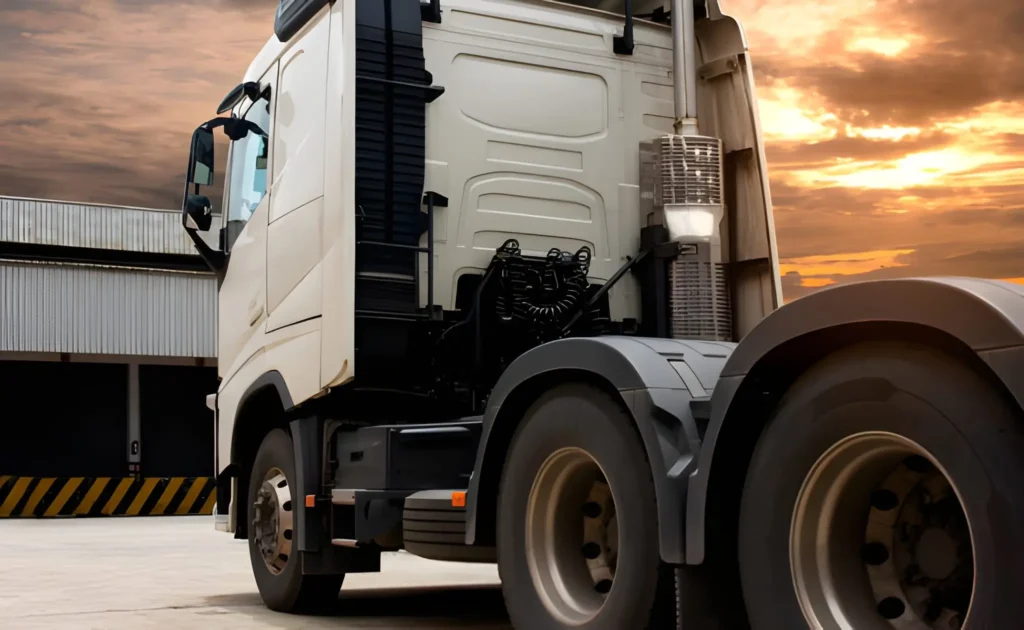Shopping for a heavy-duty prime mover for sale means navigating a complicated market where the wrong choice costs you serious money over the truck’s working life. Unlike lighter trucks where you might get away with compromises, prime movers need to be spec’d precisely for their intended work. The guy hauling refrigerated trailers on coastal highways has completely different requirements than someone pulling B-doubles through inland Queensland. Getting this decision right the first time saves you from expensive upgrades or worse, selling at a loss to buy what you should’ve purchased originally.
Determining Your Actual Power Requirements
The temptation is to buy the biggest engine available because more power sounds better, but that’s often wrong. Overpowered trucks burn more fuel, cost more upfront, and put unnecessary stress on driveline components. The right approach starts with calculating your typical gross combination mass and the terrain you’ll cover.
For flat highway work, you can get away with roughly 10 horsepower per tonne of GCM. So a 45-tonne GCM operation needs around 450hp minimum. Hilly terrain bumps that to 12-13hp per tonne because you need reserve power for sustained climbs. Mountain work or off-highway operations might need 15hp per tonne or more.
Torque matters as much as horsepower for heavy hauling. Look for engines with peak torque arriving at low RPM (around 1000-1200 RPM) and staying flat across a wide range. This gives you pulling power without constantly downshifting. Modern engines producing 2500-3000 Nm of torque are common in the 500-600hp class.
Transmission Selection and Gear Ratios
The transmission needs to match both the engine characteristics and your typical operation. Automated manuals from Eaton, ZF, or similar manufacturers offer the best balance of durability and efficiency for most operations. They’re essentially manual gearboxes with electronic clutch control and shifting, so they’re simpler and cheaper to maintain than full automatics.
The number of gears matters less than the ratio spread. A 12-speed with well-chosen ratios often works better than an 18-speed with ratios so close together that you’re constantly shifting. Your top gear ratio depends on typical highway speeds – most operations run around 0.70:1 to 0.75:1 overdrive ratios which keep engine RPM around 1400-1500 at highway speeds.
The rear axle ratio works with transmission gearing to determine final drive ratio. Standard highway ratios run 3.70:1 to 4.10:1, while vocational work might need 4.30:1 or steeper ratios for better starting torque. Getting this wrong means poor fuel economy or inadequate pulling power.
Chassis Configuration and Wheelbase
Wheelbase affects everything from maneuverability to ride quality. Longer wheelbases (typically 3800-4200mm for prime movers) provide better stability and ride comfort but reduce turning radius. Shorter wheelbases turn tighter but can be skittish at highway speeds and make the trailer track poorly.
The fifth wheel position needs careful consideration. Too far forward and you exceed front axle weight limits. Too far back and you lose weight on the drive axles, reducing traction. Most prime movers place the fifth wheel around 1100-1300mm ahead of the drive axle centerline, but this varies with application.
Frame rail strength and length matter for durability. Full ladder frames with continuous rails from front to rear handle stress better than frames with bolted reinforcements or splices. The rails should be at least 300mm tall with 8-10mm thickness for heavy duty work.
Suspension and Braking Systems
Air suspension gives you better ride quality and allows automatic load leveling, but it costs more to buy and maintain. Leaf spring suspension is bulletproof and cheaper but transmits more road shock to the cargo and driver. Most modern prime movers use air on the drive axles at minimum.
Braking systems have evolved significantly with electronic stability control and automated emergency braking becoming standard. The foundation brakes (the actual drums or discs at the wheels) need to be generously sized for the GCM rating. Disc brakes offer better performance and less fade than drums but cost more and can be problematic in very dusty environments.
Engine brakes (Jake brakes or similar) are essential for sustained downhill control without overheating the service brakes. The best systems provide 300+ horsepower of retarding force, which dramatically reduces brake wear and improves safety on mountain descents.
Cab Specifications and Driver Amenities
The cab environment affects driver retention and fatigue levels, which impacts your operation’s profitability. Sleeper cabs for long-haul work should have proper mattresses (not thin pads), adequate storage, and functional climate control. A driver who can’t rest properly between shifts is a safety hazard and won’t stay with you long.
Seat quality matters more than people realize. A proper air-suspended driver’s seat with good lumbar support costs around $2,000-3,000 but reduces driver fatigue substantially over a 12-hour shift. Cheap seats are a false economy when you’re paying someone by the hour.
Dashboard ergonomics and visibility are crucial. The driver needs to see mirrors, gauges, and controls without excessive head movement. Poorly placed switches or hard-to-read displays cause distraction and increase accident risk.
Dealer Support and Warranty Coverage
The manufacturer warranty matters, but dealer support quality matters more. A great warranty is useless if the dealer is incompetent or parts take weeks to arrive. Talk to other operators about their experience with specific dealers before you commit.
Standard warranties typically cover 2-3 years or 500,000-700,000km for major components. Extended warranties cost extra but can be worth it if you’re keeping the truck long-term. Read the fine print though – many warranties exclude things like injectors, turbochargers, and emissions components after certain intervals.
Parts availability and service network density determine your downtime when something breaks. Mainstream brands like Volvo, Scania, and Mercedes have better parts support than niche manufacturers, which matters when you’re broken down 800km from the nearest major city.
Also Read-The Rise of Sleep Health Technology







